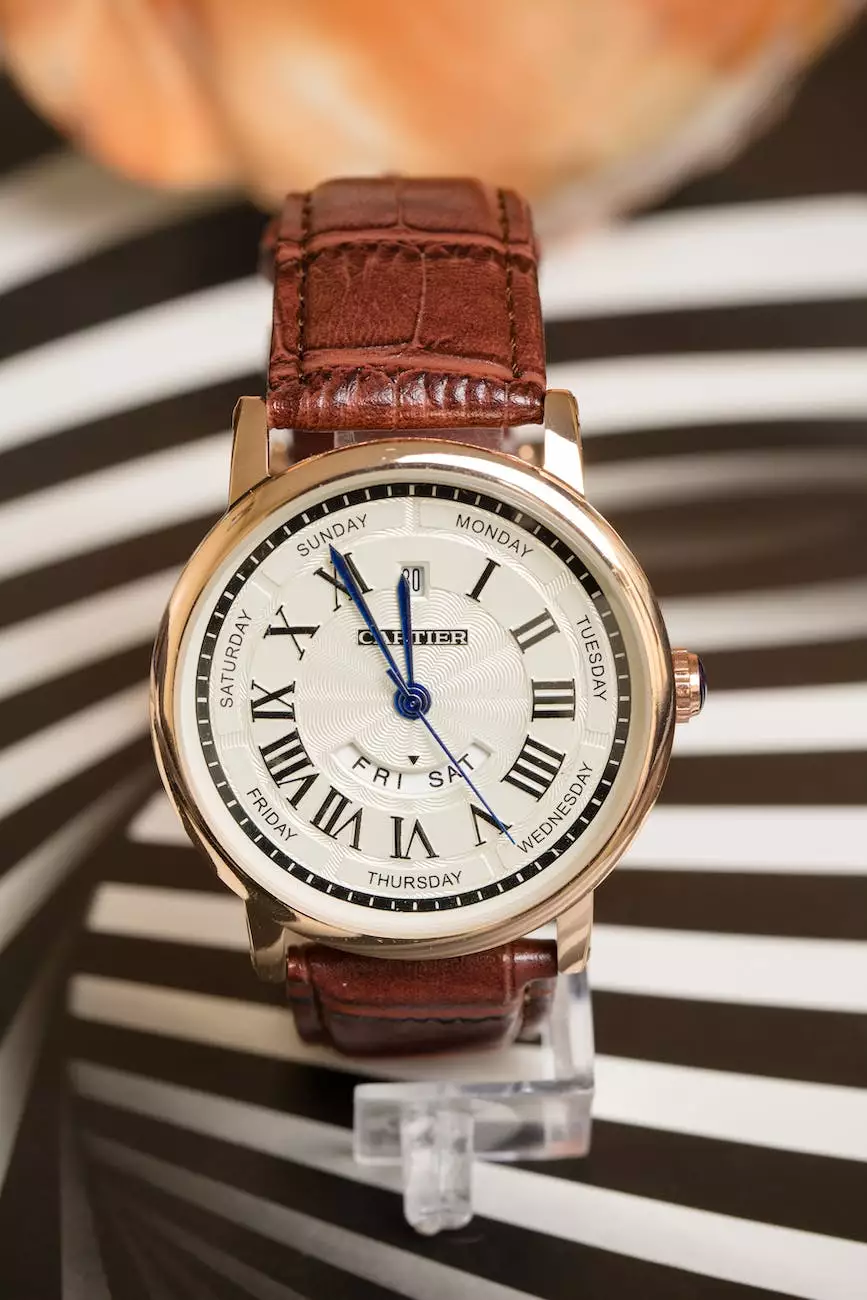Can I lay my winder on its back? - WOLF

Introduction
Welcome to Frameworks, where we provide comprehensive information about watch winders. In this guide, we will address an important question: Can you lay your watch winder on its back? Read on to find out the answer.
The Importance of Proper Winder Placement
When it comes to watch winders, proper placement is crucial for maintaining the functionality and longevity of your timepiece. While some watch winders are designed to be versatile in their positioning, there are certain considerations to keep in mind when deciding whether it's safe to lay your winder on its back.
Understanding the Mechanism
Before we dive into the specifics of placing your watch winder, it's important to understand how the winder functions. A watch winder operates by mimicking the natural movements of your wrist, keeping your automatic watch wound and ready for use. The winder consists of a rotating base that houses the watch and a motor that spins the base.
Considerations for Laying Your Winder on its Back
While some winders may be designed to be laid on their back, it's essential to consider the following factors before doing so:
1. Manufacturer Guidelines
Always refer to the manufacturer's guidelines and instructions regarding the proper placement of your specific watch winder model. Different brands and models may have varying recommendations, so it's crucial to follow their guidelines to avoid any potential damage or malfunction.
2. Stability and Balance
If your watch winder is not specifically designed or recommended to be laid on its back, placing it in this position may compromise its stability and balance. The rotating base relies on proper alignment to maintain smooth rotations, and laying it on its back could potentially disrupt this balance, leading to suboptimal performance or even damage.
3. Potential Risks
When laying your winder on its back, you run the risk of the watch becoming dislodged from its holder or experiencing unnecessary movement during the winding process. This improper positioning can cause harm to the delicate internal components of your watch, ultimately affecting its accuracy and functionality.
Recommended Winder Placement Options
Considering the factors mentioned above, it is advisable to follow these recommended placement options:
1. Upright Position
The most common and generally accepted position for a watch winder is in an upright position. This aligns with the natural position of the watch when worn on the wrist and ensures that the mechanism functions optimally.
2. Angled Position
Some watch winders may offer the option of an angled position. In this case, the winder is tilted at a slight angle to mimic the orientation of a watch on a wrist. Consult your winder's manual or the manufacturer's recommendations for specific instructions on this positioning.
Conclusion
In summary, while laying your watch winder on its back may seem convenient, it is generally not recommended unless explicitly stated by the manufacturer. Proper placement is essential to ensure the smooth functioning and longevity of your winder and watch. Always refer to the manufacturer's guidelines for the best practices specific to your watch winder model. At Frameworks, we strive to provide you with the highest-quality information to help you make informed decisions regarding your watch accessories. Stay tuned for more insightful guides and articles!










